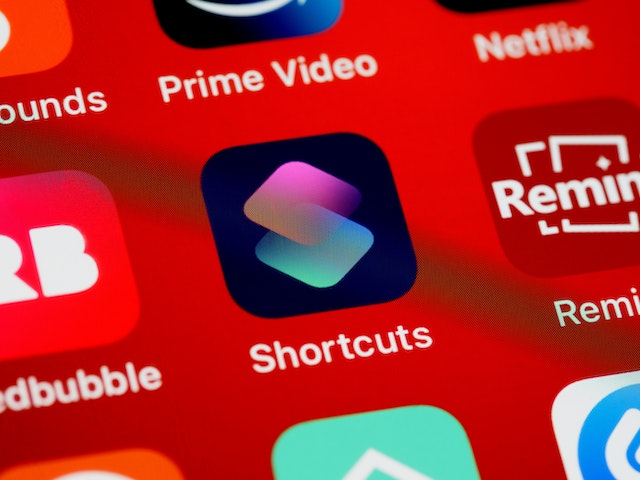Search giant Google may soon be launching a stripped-down version of the original wearable headset device, Google Glass. This is after the United States Patent and Trademark Office granted a new patent to Google towards the end of November 2015 for a potential upcoming version of Google Glass.
Unlike the original Google Glass design that resembled a pair of eyeglasses, the new patent talks of a design that would occupy only one side of the face of the user. It is an overhauled version of the original wearable device that is essentially a monocle attached to the end of a flexible band that wraps around one side of a person’s head.
A monocle is simply a single piece of eyeglass lens that is worn on one eye and kept in position by the muscles of the eye. The patent granted by the US Patent and Trademark Office was titled “Wearable device with input and output structures”. Describing how the new version of the Glass will be worn, the patent says: “The band is adjustable such that it can be configured by a user to contact the head of the user at the first location near a temple, a second location along a portion of the user’s ear adjacent to the temple, and at a third location along the rear position of the head of the user.”
The patent also notes that the band would have “touch-based input circuitry,” which means the wearer could presumably tap the band to change the information displayed on the monocle over their eye. The device is described as an adjustable device that fits to a user’s head and could remember the setting the next time it’s used. It would have a heads-up display for playing video that could also be viewable in the other eye via a prism.
This is a shift from the original version that resembled a pair of eyeglasses and was used by a user’s both set of eyes. The original Glass was basically a head-mounted wearable computer. It was a voice-controlled Android device that could be worn in the same way as a pair of eyeglasses. It displayed information directly in the user’s field of vision. Users could also control the device manually through voice commands and a touchpad located on its frame.
The tech and search giant ultimately hopes to significantly develop the hardware and software of the new augmented reality headset by utilizing cutting edge technology and innovative software.
The original wearable device could provide search engine results via Wi-Fi or via the user’s Smartphone’s data connection. Using voice dictation, users could ask Google Glass to identify an object, pull up information or answer a question almost instantly.
Using the new version, a user will be able to shape the flexible headband in any way that he or she wants to fit around the back of their head, over their ear and around their temple. It is worth noting that Google filed the patent in September 28, 2012, shortly after the first version of Project Glass was announced in April 2012.
The original version was considered a failure around tech circles. It failed to pick up and gain commercial success, in spite of the massive endorsements and initial excitement around the tech world. Experts premised their arguments as to why it failed on the theory that the Google did not give the consumer the answer to what problem the Glass was actually solving. There were also many people who had expressed deep reservations on potential invasion of privacy and health concerns. Google finally put a stop on the sale of the devices and pulled them off the shelves in January 2015. The company however made it clear that it had not given up on the Glass project.
Google has been exploring ways to make the next Google Glass actually appealing to consumers, unlike its predecessor, and if this new patent is any indication, the company may be doing that by making the device smaller and less intrusive. The new concept may address some of the problems with the original Google Glass in that it could be more subtle and less cumbersome. It is however unlikely that it would address the concern consumers had over invasion of their privacy in respect to the users possibly being filmed when they were unaware of it, and having their private conversations recorded.
The new version is expected to be relaunched as a business-focused device specifically tailored for enterprise use and is now going under the name of Project Aura. This may alienate consumers who may want to use the device for personal use. Another area of concern is how consumers who already use eyeglasses would wear and use the device.
What now remains is to see whether the new patent that offers the next-generation version of Google Glass that looks a lot more like a monocle than a traditional pair of glasses, will convert into a product for the consumer and into a commercial success in the wearable tech market. Only time will tell if Google will be able to resurrect the wearable device and revive consumer interest in the Glass.









